Family businesses / Global
Holding the line
We visit three family-owned furniture businesses that have thrived through the generations – or been revived – to discover how these legacy brands continue to produce unique high-quality pieces without being sidetracked by the pressure to make a quick profit.
The furniture industry in Europe’s powerhouse design scenes, such as Helsinki, Copenhagen and Milan, has largely been built by family- owned companies. Many of these household names were established in the early 20th century and enjoyed enormous success in their domestic markets before expanding overseas. However, with investors and private-equity companies increasingly buying up such furniture firms, their numbers seem to be dwindling. Here, we travel to Italy, Finland and Denmark to meet three of the holdouts and find out how the current generation is continuing its predecessors’ legacy. —
Molteni
Italy
Founded: 1934
Turnover: €480m
Employees: 1,140
Areas of growth: China, India
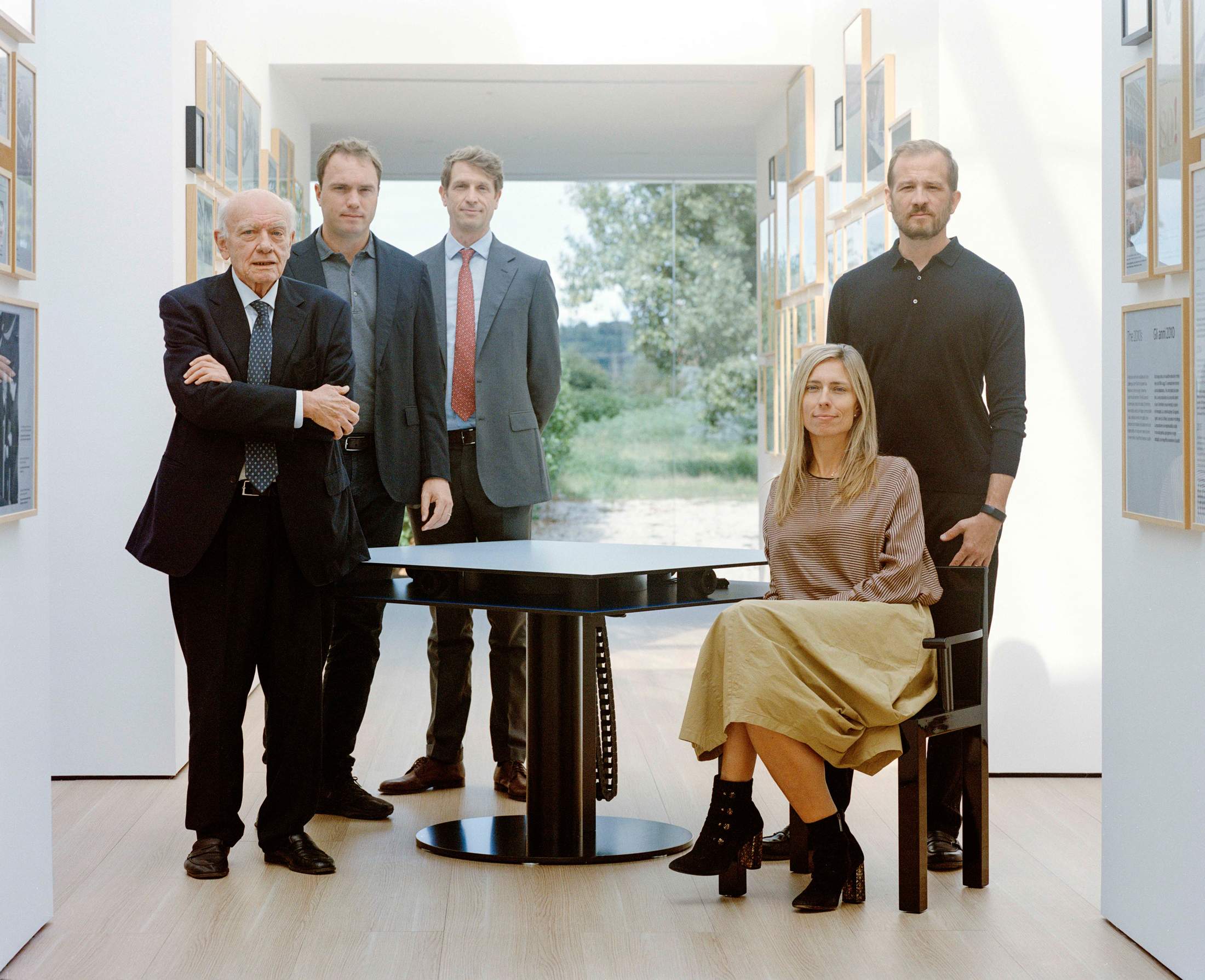
“Our playground was the factory,” says Carlo Molteni, the octogenarian president and ceo of Italian furniture giant Molteni Group, which celebrates its 90th anniversary this year. “When I was six, we would play there after school.” Carlo, the firm’s second-generation patriarch, has been running the business for four decades: he took over the company on the day that its founder, his father, Angelo, passed away in 1984.
When monocle visits its headquarters, a verdant campus about a 45-minute drive north of Milan, we tour the Ron Gilad-designed Molteni Museum. A timeline of the group – which consists of furniture brand Molteni&C, office furniture-maker Unifor and workplace furniture and partitions firm Citterio – rolls out along a hallway. There is a photo of a four-year-old Carlo, standing in front of the original workshop with his parents and their staff. “I came here as a baby and started working as soon as I turned 18,” he says. “All of my cousins were here.”
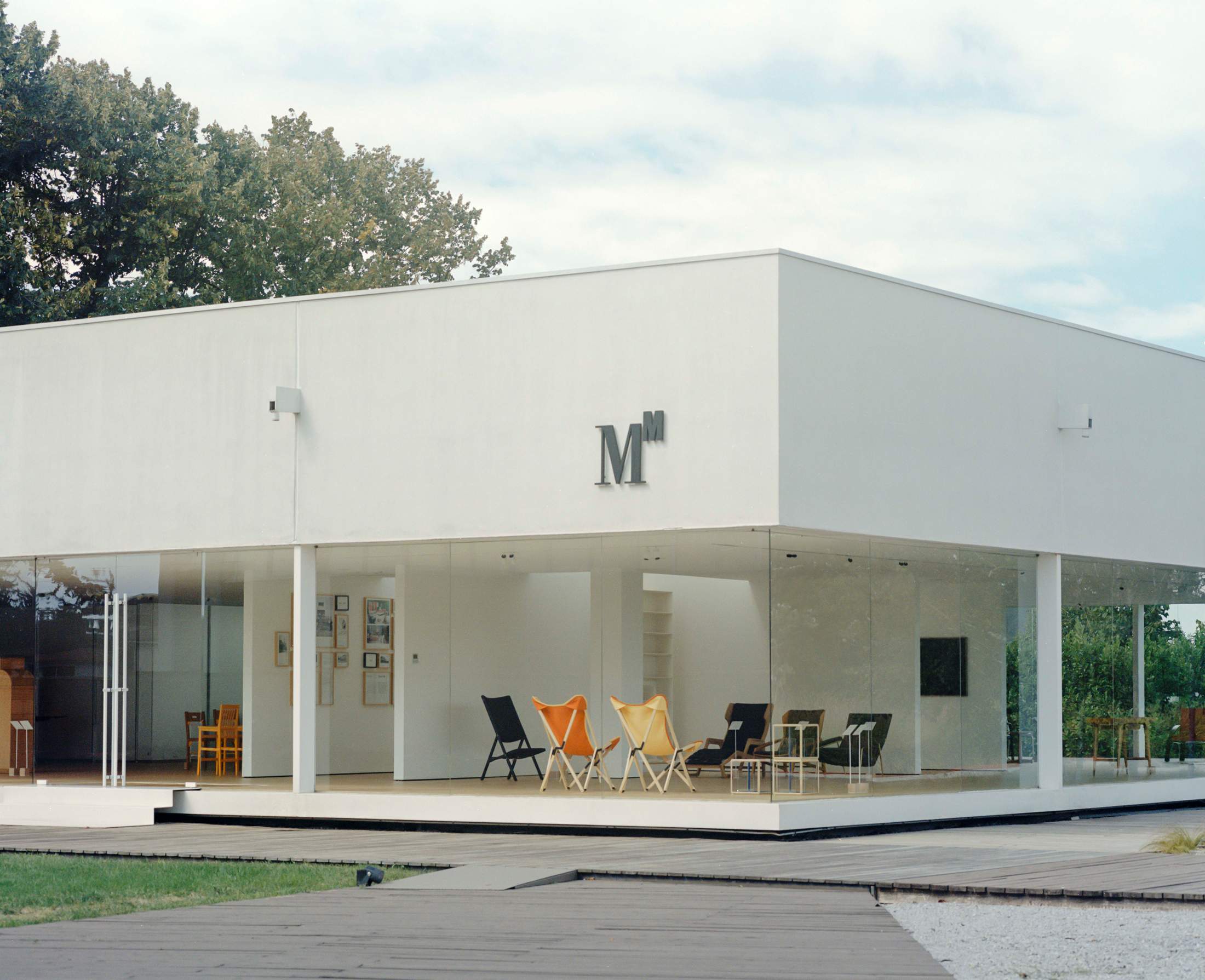
The Molteni Museum
Molteni&C was established in 1934 to create artisanal furniture. But by the mid-century, it had moved away from classically inspired pieces and embraced modern stylings. Its focus on modern furniture was reinforced in 1961 when the Molteni family helped to establish the now annual Salone del Mobile trade fair. By then, German machines had arrived that allowed high-quality pieces to be produced on an industrial scale. Today the group makes its furniture between four factories, all within a 30km radius.

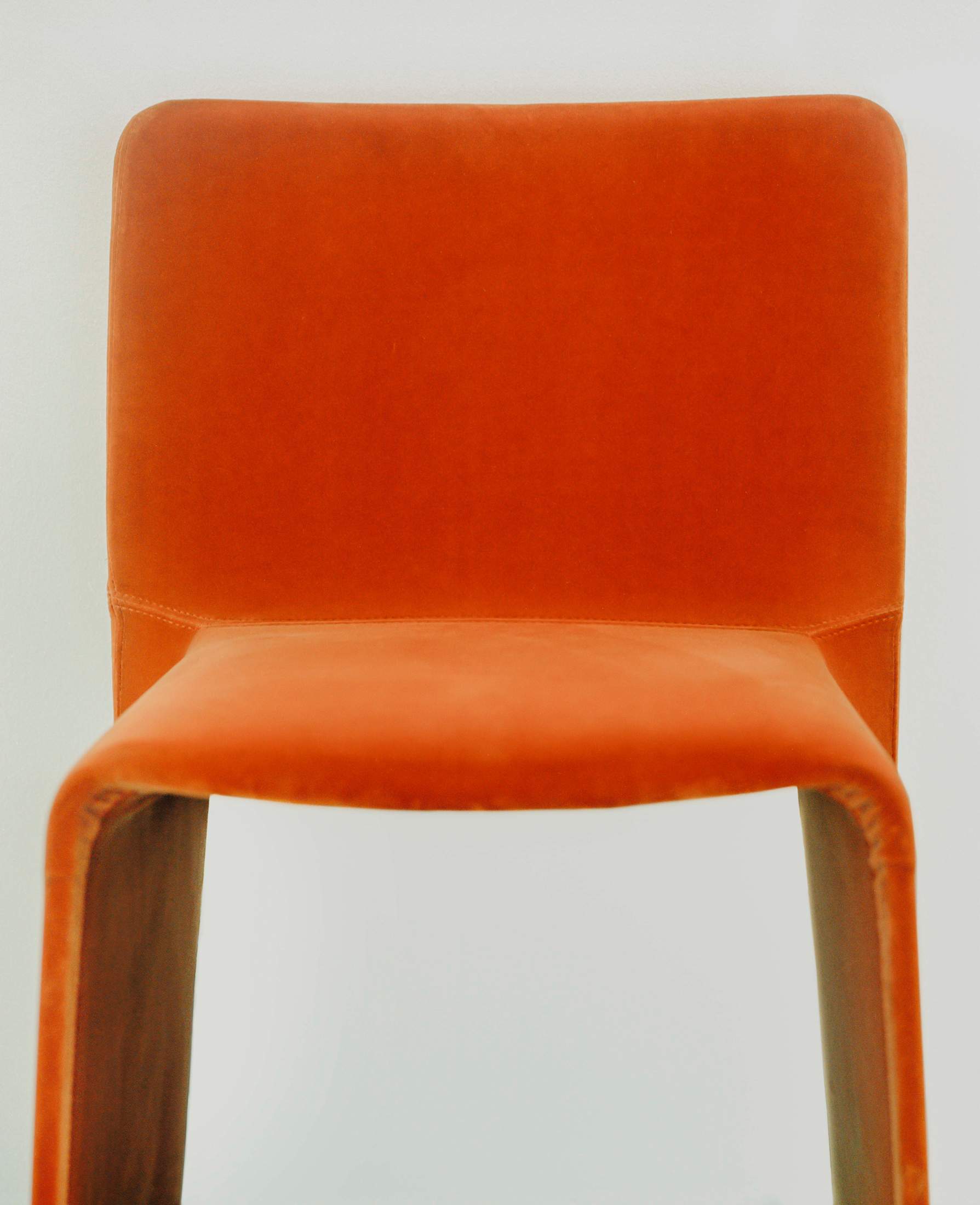
When monocle visits, we meet Carlo’s nephews Andrea (Molteni&C vice-president) and Pietro (UniFor cfo), as well as Carlo’s daughter Giulia (Molteni Group chief marketing officer) and son Giovanni (Molteni&C vice-president). The cousins – as well as another of his nephews, also called Carlo (UniFor ceo) – work closely and remain committed to keeping the business in family hands.
The Moltenis hired Marco Piscitelli, who sits on a steering committee, as group ceo in 2014. “We have to make difficult decisions about opening in new markets and changing people,” says Giulia. “It’s faster when we have someone like Marco doing it with us.” Over the past 12 months, the group has opened 10 flagship shops across the globe, with 70 per cent of its turnover now coming from overseas.
Growth is part of the family’s vision for the future. “I want to leave this company bigger and better for my kids,” says Giulia. Will photos of her own offspring land in the hallways of the Molteni Museum? “I was on holiday with my children recently. I pointed out some cargo containers at a port and told my son that his grandfather’s furniture might be inside. He was curious.”
molteni.it
Hakola
Finland
Founded: 1963
Turnover: €4.8m
Employees: 40
Areas of growth: Germany, UK
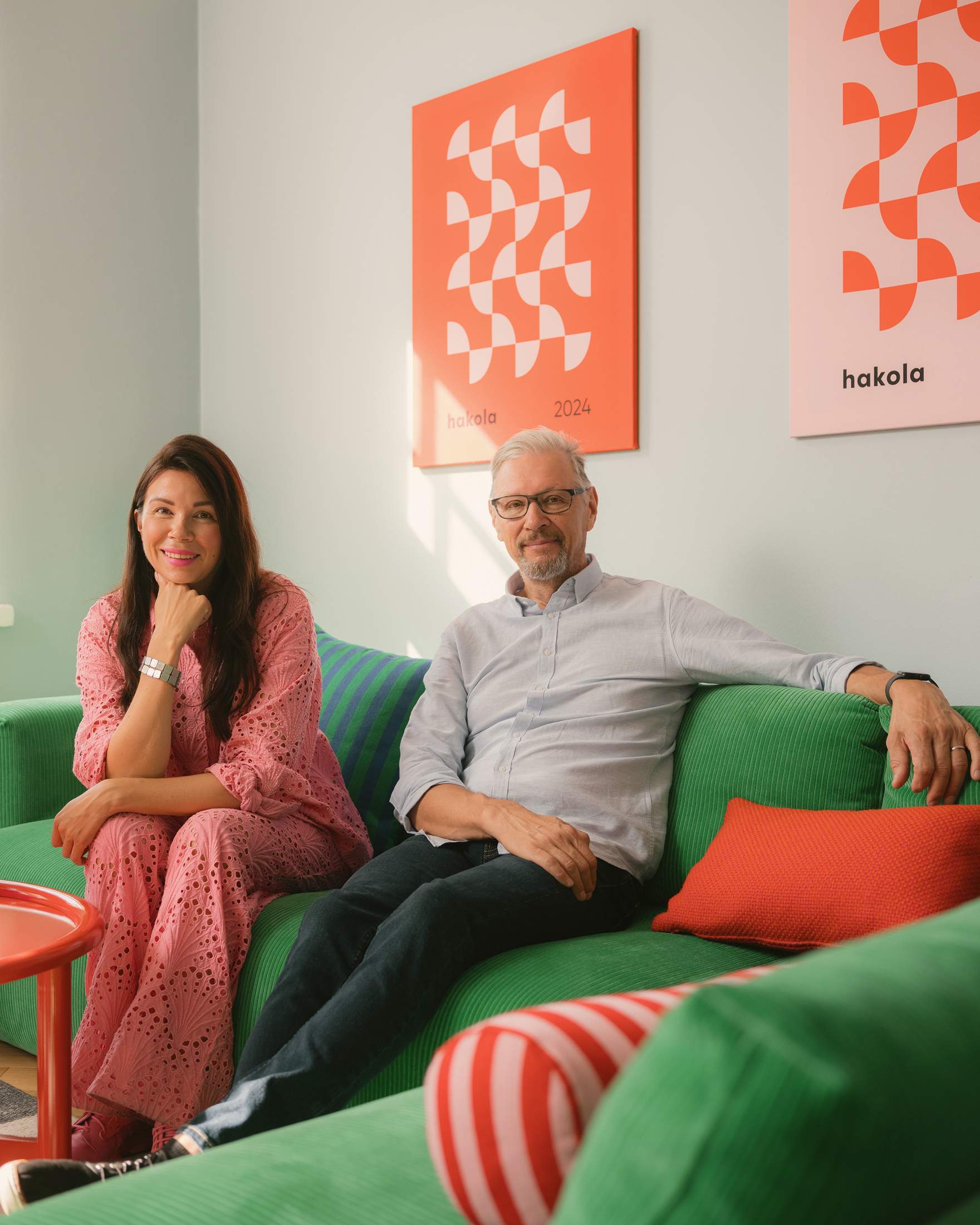
Members of the Hakola family have run their eponymous furniture brand for 61 years. Founded in 1963 by Eero Hakola in Jurva, western Finland, it has crafted its colourful sofas, armchairs, tables and shelves in the same village ever since. Both these deep roots and the virtue of keeping things in the family have been integral to the company’s success, says Annaleena Hakola, its creative director and owner (and the founder’s granddaughter). “It has given us the independence and autonomy to survive challenging times, and a certain perspective that younger companies lack,” she says, sitting on one of the brand’s green Puzzle sofas in its Helsinki showroom.
Her father, Jari, who ran the company for three decades after taking the reins in 1983, nods approvingly. “For us, a quarter means 25 years,” he says, suggesting that the company is focused on building a legacy, not just on its bottom line.
Like many Finnish villages, Jurva has long been known for woodworking and Hakola was one of a clutch of similar companies when it was founded. But after initially flourishing, things became challenging at the turn of the 21st century, when foreign companies flooded the market with cheaper alternatives. By the 2010s, Hakola needed a rethink: its portfolio lacked focus and its made-in-Finland furniture was far pricier than the competition. “We had lived through challenging times before and I knew that a brighter day would come,” says Jari. And it came in the form of Annaleena.


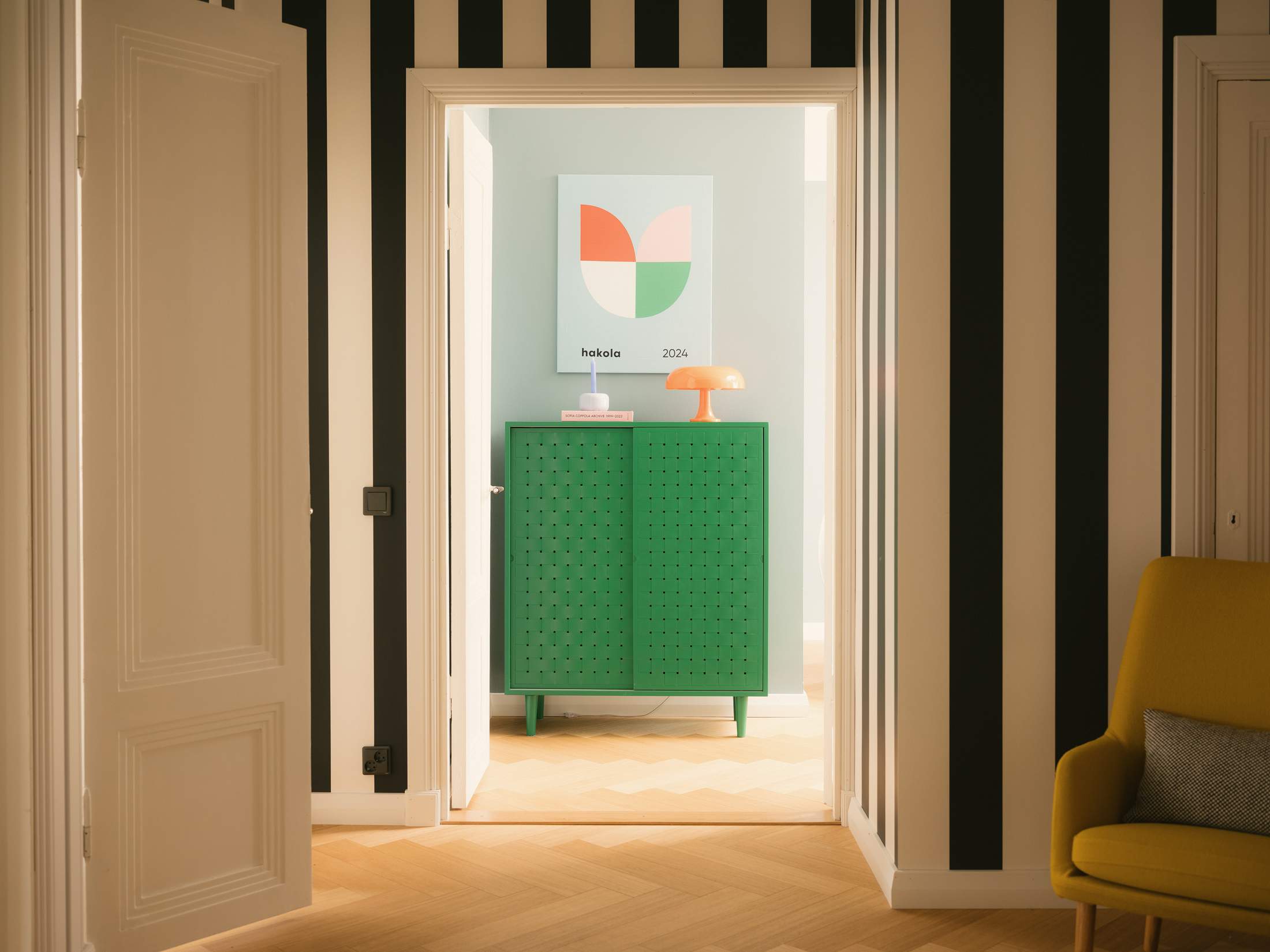
After studying international design and business management, Annaleena realised the value of storytelling, provenance and branding, and started to help her father before taking over as ceo in 2018. “For a long time, I wasn’t planning to work for Hakola,” she says. “But there was talk of closing down the brand and it made me realise that we would lose a business, a way of life and a large part of our family identity.” She realised how distinctive the company’s heritage and origin story were, and how issues such as sustainability were increasingly important to consumers. Under her stewardship, the brand started selling directly to consumers both online and at its flagship shop in Helsinki’s design district. The strategy paid off. The firm’s turnover in the past decade has grown tenfold and it has hired dozens of new employees.
Hakola’s success under Annaleena is a compelling case for passing down a brand from generation to generation. She brought new energy to the firm while being grounded in a respect for its past, carefully developing that legacy. “For me, it has never been about the money but something bigger,” says Annaleena. “It’s a sense of duty towards the company, the craft tradition in the village where Hakola was born and Finnish design in general.”
hakola.fi
Fredericia
Denmark
Founded: 1911
Turnover: dkk200m (€26.8m)
Employees: 90
Largest overseas market: UK
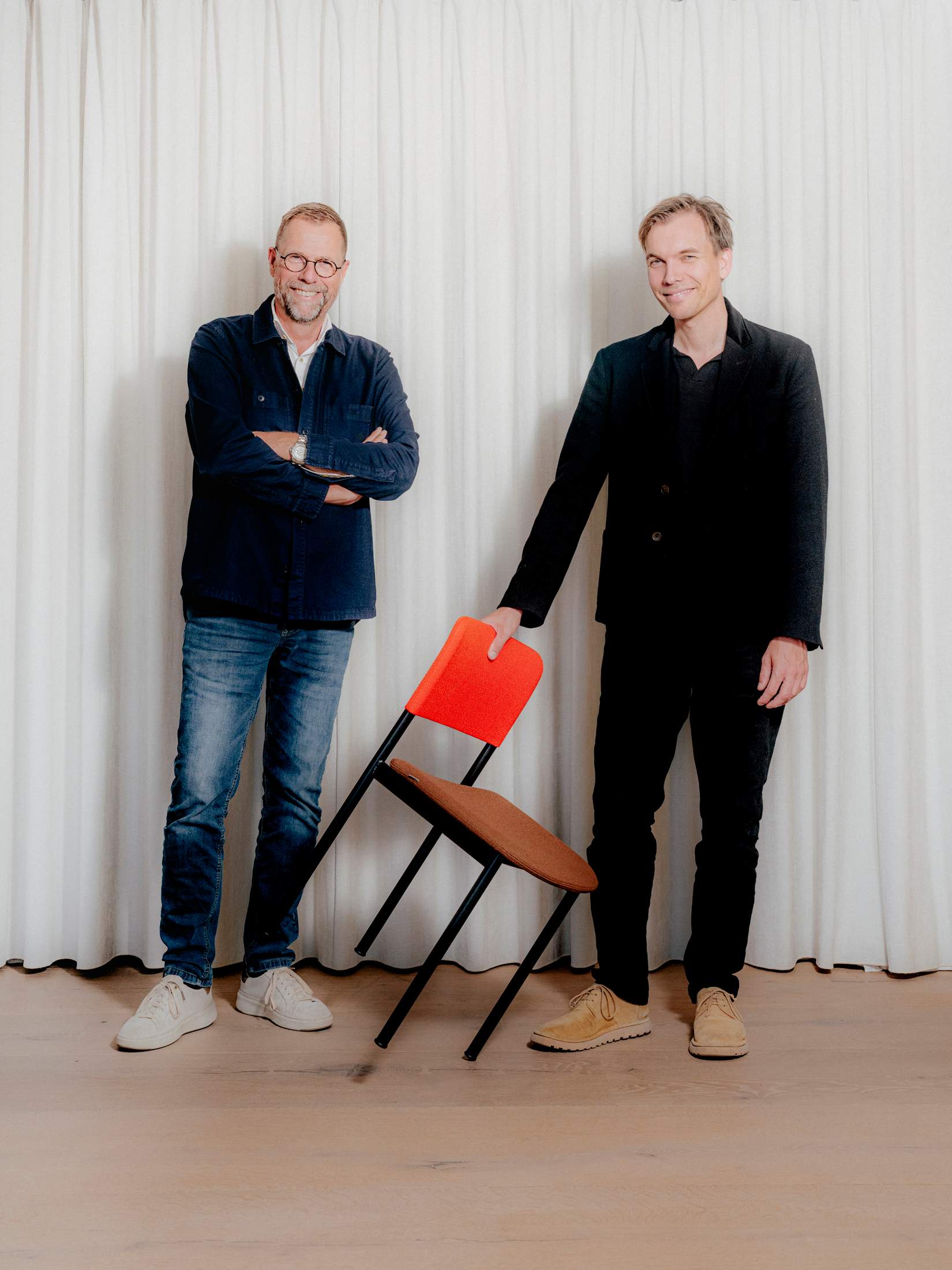
The passing of a family business down the generations can often be a difficult process but the Graversens – owners of 115-year-old Danish furniture company Fredericia – seem to have hit upon a successful formula. “I worked with my dad for 10 wonderful years before I took over in 1995,” says Thomas Graversen, the 62-year-old former head of the company. “I didn’t take over until he was sure that I was capable and I had achieved something in the company. It’s the same with Rasmus.”
Thomas’s son Rasmus, Fredericia’s new ceo, has been with the company since he completed his business education seven years ago. In this time, he has overseen Fredericia’s registration as a B Corp and its collaborations with designers such as Maria Bruun. He also dropped one of his father’s bestselling products, the Stingray chair, from the company’s catalogue. “It was an interesting idea when it came out but doesn’t represent the core of the company,” he says. “Though it was one of my dad’s big successes, he agreed.”
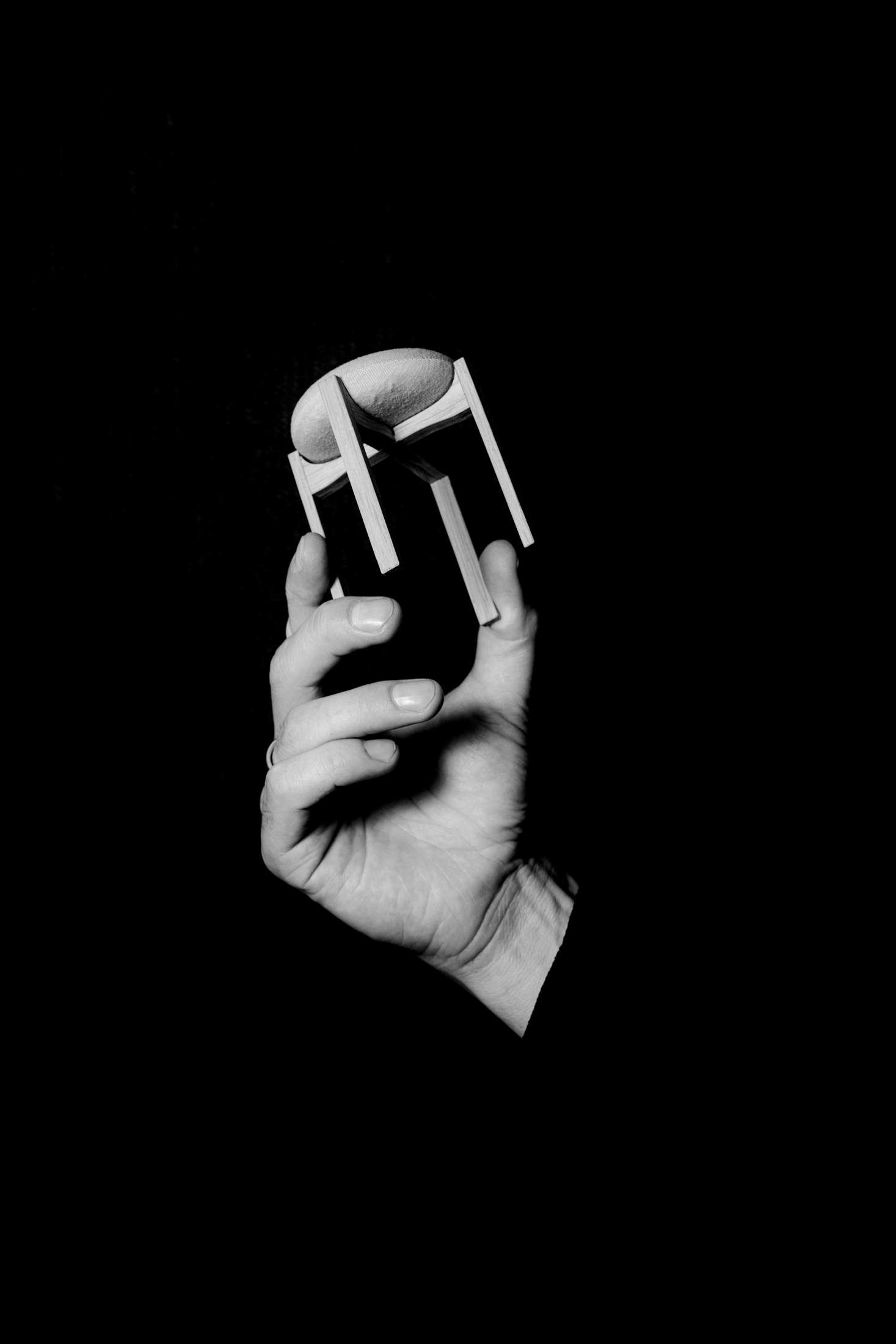
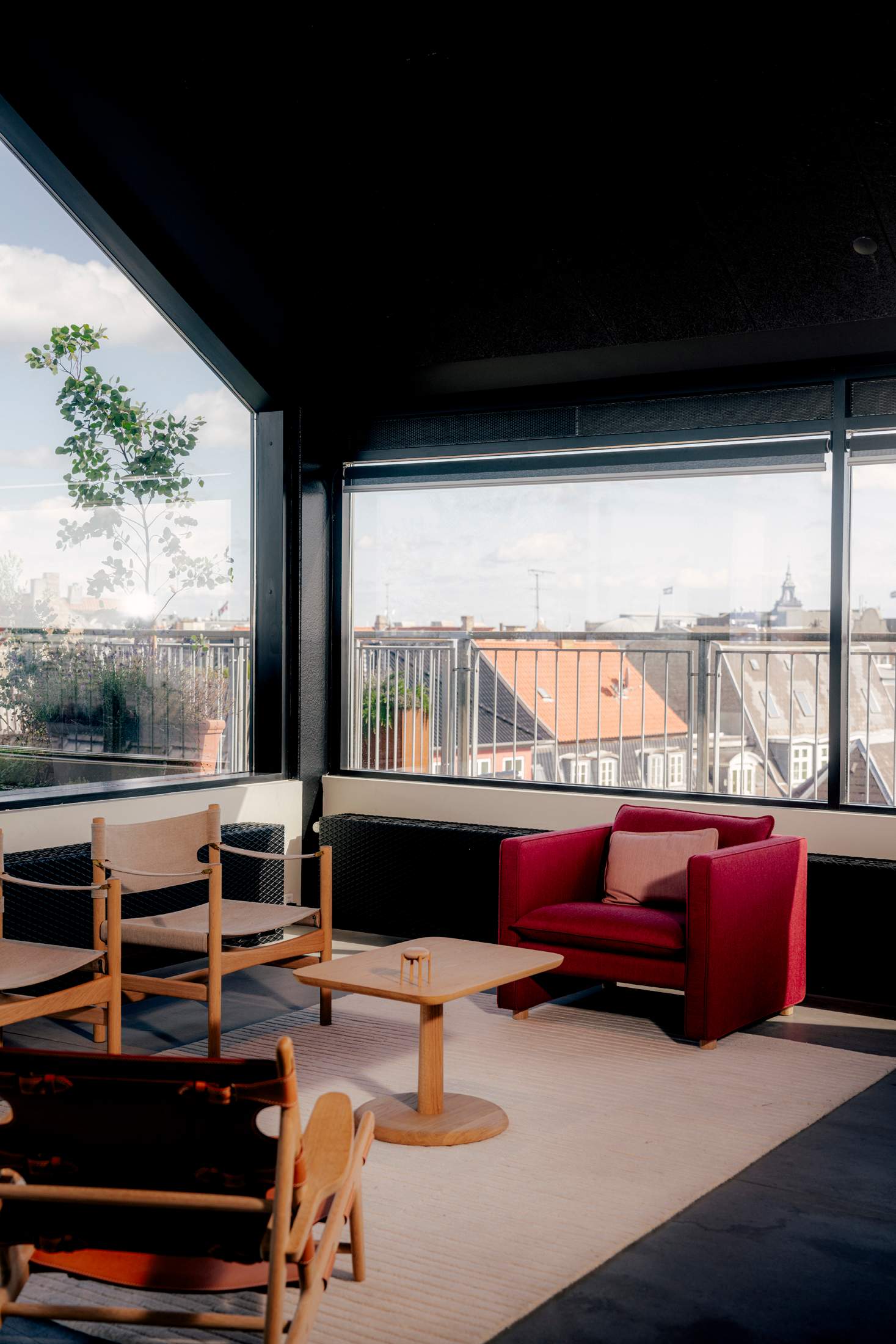
That isn’t to say that Rasmus, who took over in May 2024, isn’t respectful of Fredericia’s past. In the 1950s and 1960s, when his grandfather Andreas was at the helm, the firm found success working with in-house head designer Børge Mogensen, one of the key figures of the Danish modern style. But when Mogensen died in 1972, the company drifted until the 1990s when Thomas, by then ceo, befriended another Danish design legend, Nanna Ditzel. “She was more experimental,” says Thomas. “I realised that our collaboration would draw attention to the company.” Ditzel’s Trinidad Chair was a huge commercial success for Fredericia.
Despite this legacy, Rasmus has had to negotiate a few hurdles. “The biggest was not being embarrassed about being handed a company,” he says. “I’ve worked hard to know everything about furniture.” His focus has been on rationalising production. “It would be easier for us to sell the company but it’s not about money,” says Rasmus. “An investment fund would want short-term returns but by staying in the family we can build relationships with designers who can put their mark on the company, just as Mogensen and Ditzel did.”
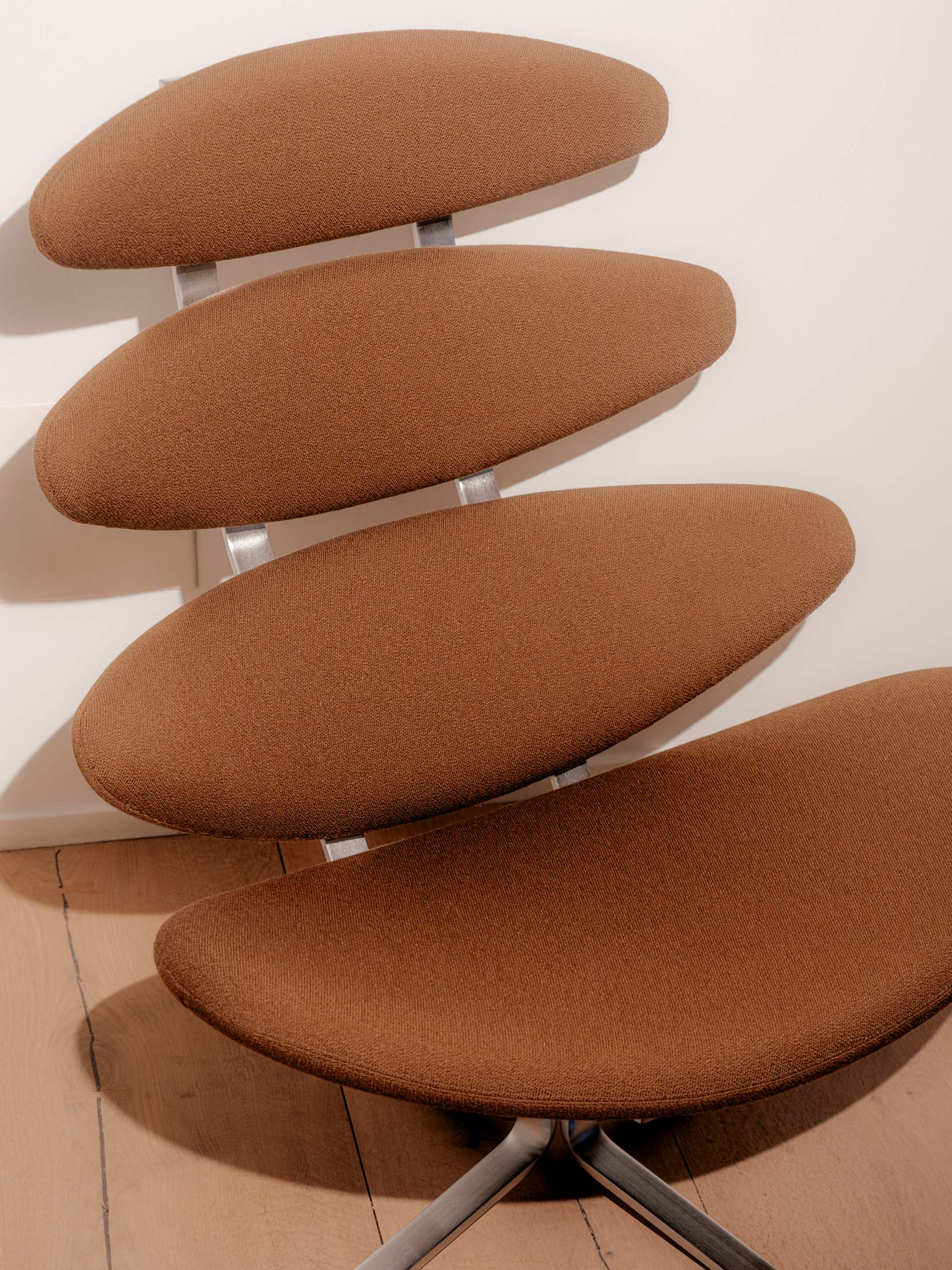
Rasmus is aware that Fredericia can’t just reissue old Mogensen, Klint and Ditzel pieces. That’s why the company has worked with contemporary designers such as Jasper Morrison. “Sometimes archives are being dug too deep,” he says. “There is a reason that something didn’t surface at the time.”
Today, Thomas remains the majority shareholder with a seat on the board but refrains from interfering. He says that his son became ceo on merit. “Rasmus is nicer than me,” he says, laughing. “He has a better eye for this ecosystem, so if he fails, I would be surprised.”
fredericia.com


